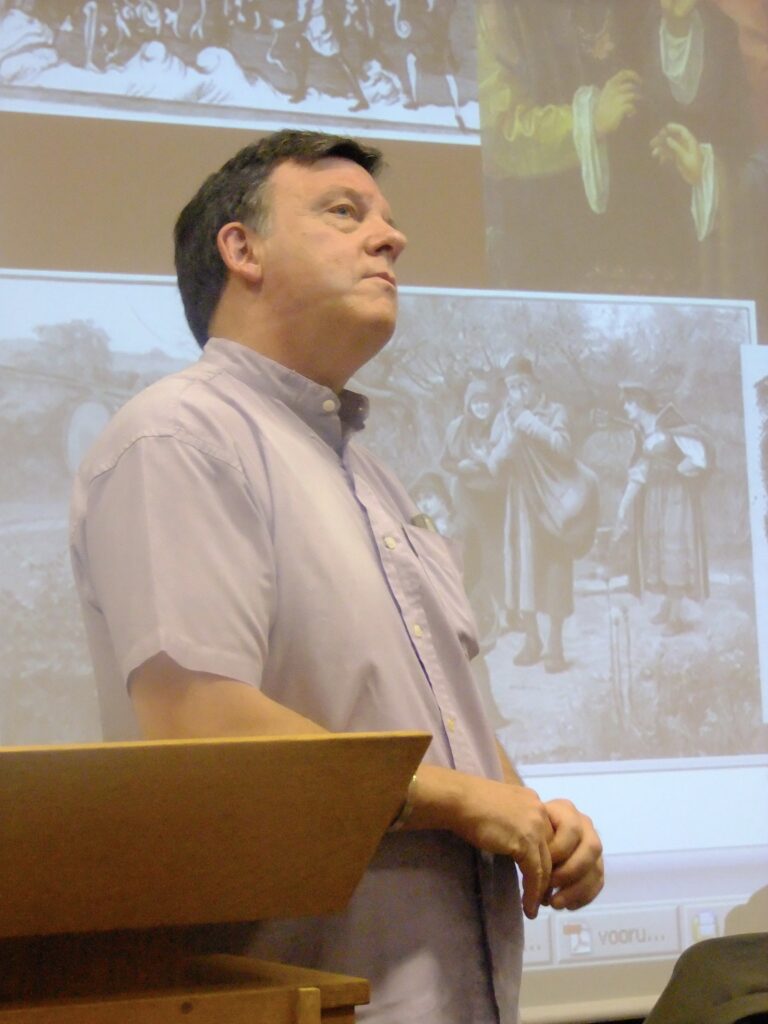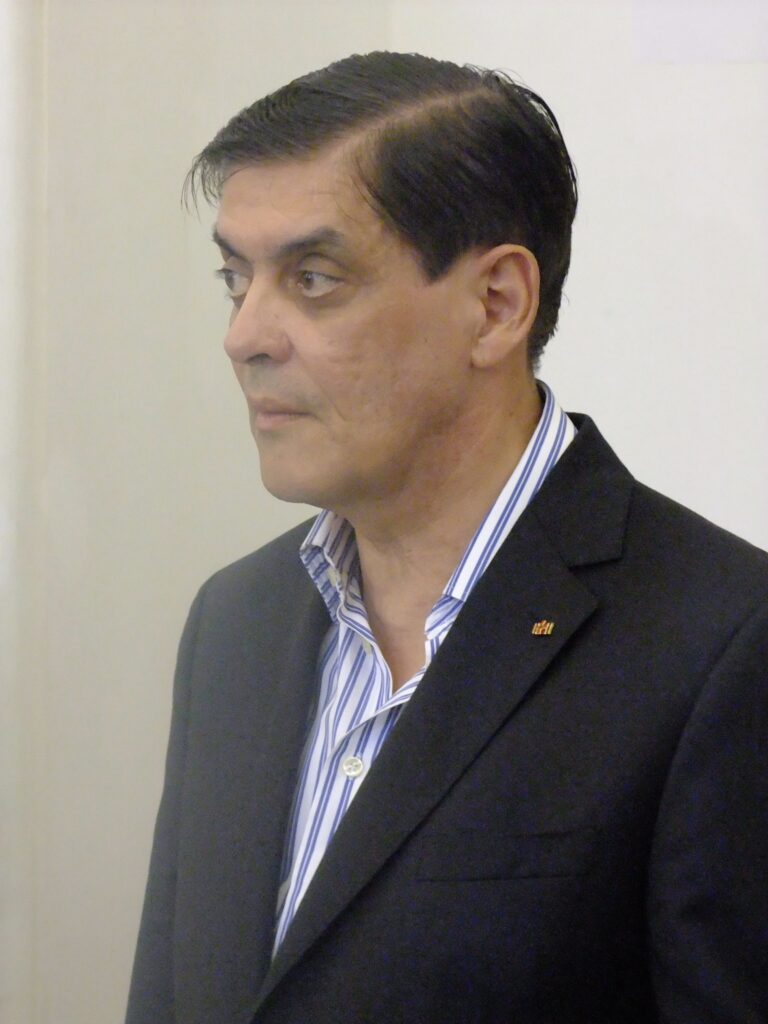In 2008 and 2010 Professor Thomas Acton OBE, then the Professor of Romani Studies at Greenwich University, organised two prestigious history seminars which brought together Roma academics and activists from across the globe. The first was called All Change! and focused on recent debates over the history and origins of Roma, Gypsy and Travellers. The second, pictured here, was called Persecution and Genocide: The triggers of Romani History? and was organised by The Greenwich Traveller Education Service in conjunction with the University of Greenwich for Gypsy Roma Traveller History Month.
The speakers present were:
Romani Rose, Chairman of the Central Council of German Sinti and Roma “Telling the German Public about the Holocaust against the Sinti and Roma”
Janna Eliot, translator of Settala , and the author of Settela’s Last Road, based on it, “The face of the victims”
Dr Brian Belton, YMCA George Williams College: “Earlier persecutions of Gypsies/Travellers in England and their legacy today.”
Valdemar Kalinin, Camden, Hammersmith and Fulham Education services: “The Soviet Romani contribution to the defeat of Nazi Germany”.
Dr Ethel Brooks, Rutgers University: “The uses and meaning of testimony on genocide, reflecting on material from the Shoah visual Archive”
Gabor Boros of the Boros Ensemble: “The links between the nineteenth century Magyar appropriation of Romani music and Hungarian anti-Gypsyism today”
Damien LeBas jr. of Travellers Times: “Did it all change? Reflections on the new Romani historiography.”
The day was rounded off by the opening of The Otto Pankok Sinti Exhibition, curated by Moritz Pankok, at the Stephen Lawrence Gallery in the University of Greenwich.








Working with artist and curator Moritz Pankok during GRTHM led to us bringing the drawings and sculptures of his uncle, Otto Pankok, to Britain to be shown in the Stephen Lawrence Gallery of Greenwich University in June 2010.
Otto Pancock (1893 to 1966) was a German painter and sculptor whose politically conscious work depicting those pushed to the margins of society, saw him victimised by the Nazis. His paintings of his Roma and Sinti neighbours, first depicted following their initial confinement in internment camps, remain a testament to those individuals who, like an estimated 500,000 Roma and Sinti, lost their lives to the Holocaust.










